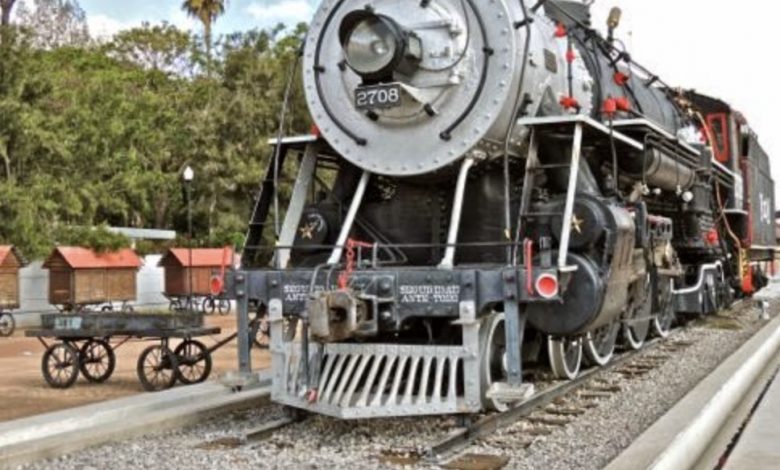The railway terminology

The railway terminology that is used to describe a train varies between countries.
United Kingdom
In the United Kingdom, the interchangeable terms set and unit are used to refer to a group of permanently or semi-permanently coupled vehicles, such as those of a multiple unit. While when referring to a train made up of a variety of vehicles, or of several sets/units, the term formation is used. (Although the UK public and media often forgo formation, for simply train.) The word rake is also used for a group of coaches or wagons.
Section 83(1) of the UK’s Railways Act 1993 defines “train” as follows:
a) two or more items of rolling stock coupled together, at least one of which is a locomotive; or
b) a locomotive not coupled to any other rolling stock.
Other countries
The Atchison, Topeka and Santa Fe Railway’s 1948 operating rules define a train as: “An engine or more than one engine coupled, with or without cars, displaying markers.”[3]
In North America, Australia and other countries, the term consist (/ˈkɒnsɪst/ KON-sist) is used to describe the group of rail vehicles that make up a train. When specifically referring to motive power, the term refers to the group of locomotives powering the train, as does lash-up. The term trainset refers to a group of rolling stock that is permanently or semi-permanently coupled together to form a unified set of equipment (the term is most often applied to passenger train configurations).
